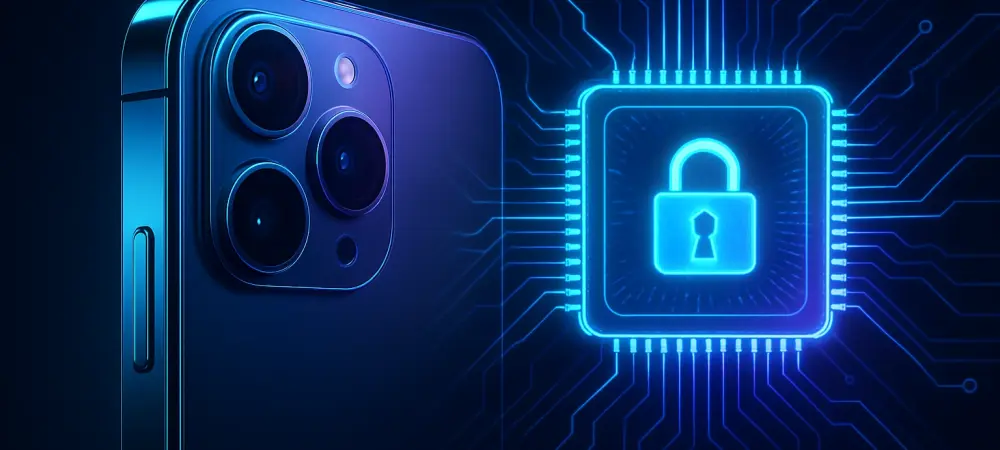In an era where cyber threats are becoming increasingly sophisticated and often orchestrated by state-sponsored actors, the need for robust mobile security has never been more critical, especially as personal devices hold vast amounts of sensitive data that are prime targets for attackers. Apple has stepped up to this challenge with a groundbreaking innovation for its latest iPhone 17 series, introducing a security feature that promises to redefine protection against advanced malware and mercenary spyware. Known as Memory Integrity Enforcement (MIE), this system targets memory safety vulnerabilities, a common entry point for high-stakes attacks. This development marks a significant leap forward in safeguarding users, showcasing Apple’s commitment to staying ahead of evolving dangers in the digital landscape. By embedding cutting-edge technology into both hardware and software, the company aims to provide a seamless yet powerful shield that operates invisibly to the user, ensuring safety without compromising on performance or convenience.
Revolutionizing Memory Protection with Advanced Technology
At the heart of Apple’s new security feature lies a sophisticated mechanism designed to thwart even the most determined cybercriminals. Memory Integrity Enforcement employs a novel tagging system that assigns hidden identifiers to memory blocks within the device. Supported by the Enhanced Memory Tagging Extension (EMTE), developed in collaboration with Arm, this approach ensures that any unauthorized access attempt—lacking a matching tag—triggers a safe crash, effectively halting potential exploits before they can cause harm. Integrated deeply into the A19 chipset and iOS, MIE operates continuously without requiring user input or impacting battery life. This seamless functionality sets it apart from traditional security measures, offering a proactive defense against threats that target memory vulnerabilities. By building this protection directly into the core architecture of the iPhone 17, Apple has created a barrier that significantly raises the bar for attackers, making unauthorized access not just difficult but often economically unfeasible for threat actors.
A Long-Term Commitment to Cybersecurity Innovation
Apple’s journey to develop Memory Integrity Enforcement reflects a meticulous and forward-thinking approach to cybersecurity, spanning several years of dedicated research and testing. This extensive effort focused on ensuring the system could counter both current attack methods and hypothetical future threats, demonstrating resilience in internal trials against real-world scenarios. The results have been impressive, with MIE proving its ability to deter most sophisticated exploits, thereby increasing the cost and complexity for malicious entities attempting to breach an iPhone 17. Beyond individual device protection, Apple is also extending the EMTE framework to developers through Xcode, encouraging the creation of secure applications and fostering a broader ecosystem of safety. This initiative underscores a holistic vision for mobile security, positioning Apple as a leader in setting new industry standards. By prioritizing user privacy and data integrity at every level, the company has shown that proactive innovation can effectively address the escalating challenges posed by well-funded cyber adversaries.

